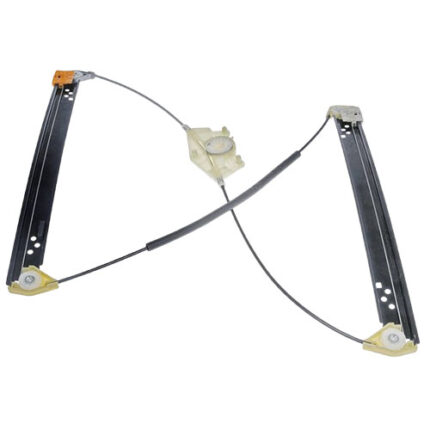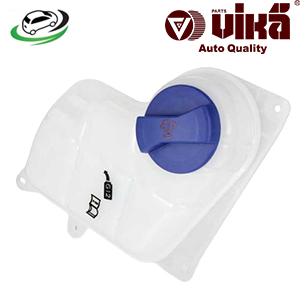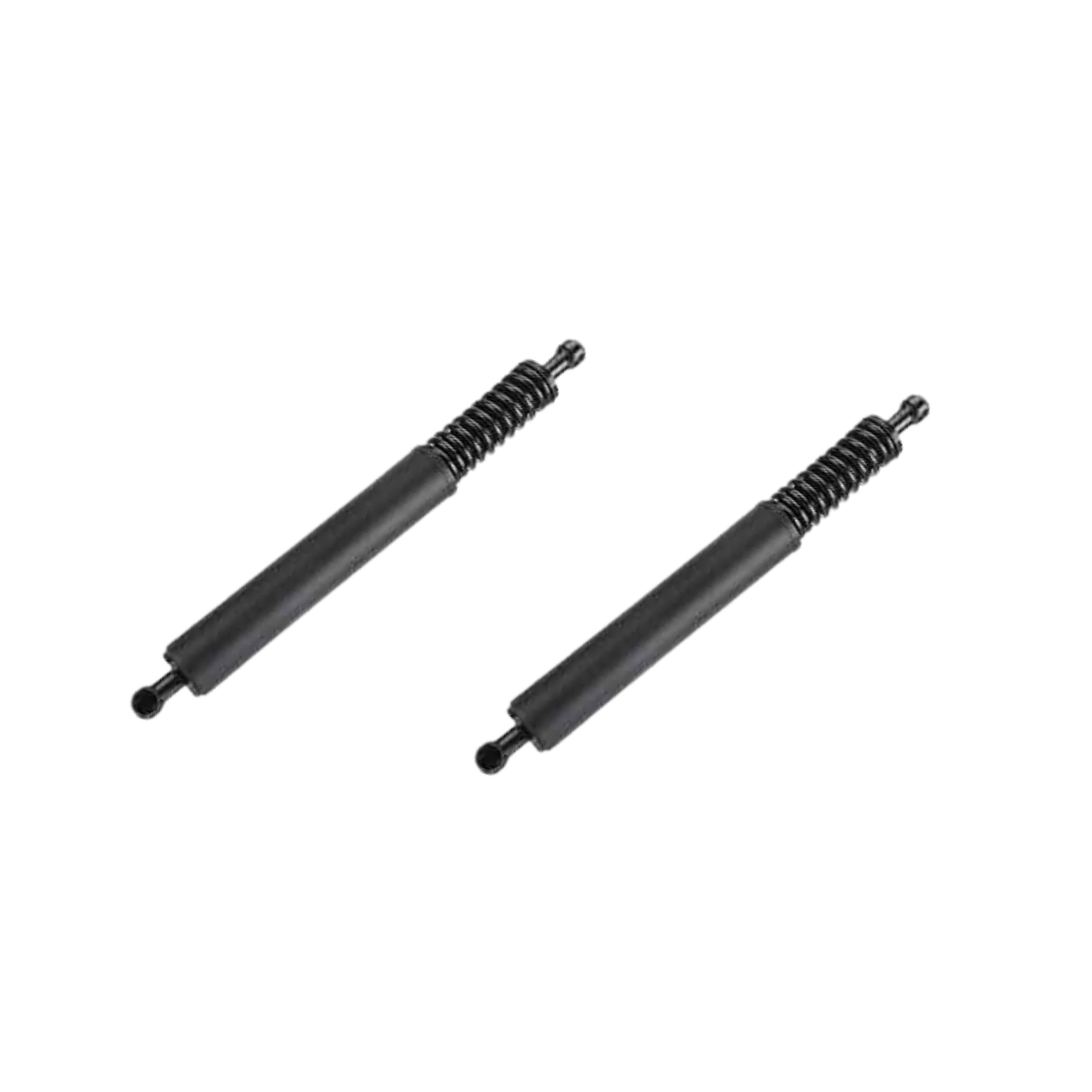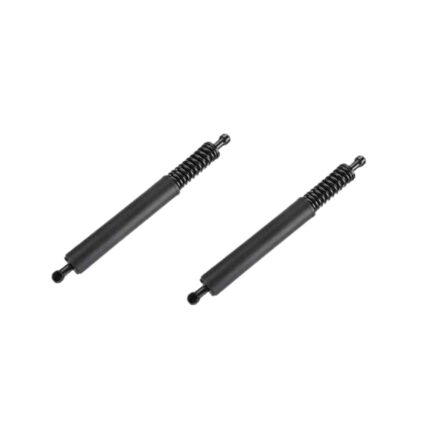Get Volkswagen Touareg 1-TDI/V6/V8 Hatch Strut 7L6827550P in Kenya
A hatch strut, also known as a lift support or gas strut, is an essential component in vehicles with a hatchback, liftgate, trunk, or hood. This small but vital part is responsible for supporting the weight of the hatch or trunk lid, allowing it to open smoothly and stay open without requiring manual effort. In this explanation, we’ll explore what a hatch strut is, how it works, the types available, benefits, common issues, and maintenance tips.
What is a Hatch Strut?
A hatch strut is a gas-filled cylinder designed to assist in lifting and holding open heavy panels like the hatchback, trunk lid, or hood of a vehicle. It’s often found in SUVs, hatchbacks, and wagons, where it plays a crucial role in the ease and safety of accessing the vehicle’s cargo area or engine compartment.
The hatch strut consists of a metal tube filled with pressurized gas (usually nitrogen) and a piston that moves within the tube. This pressurized gas creates the force needed to counterbalance the weight of the hatch, making it easy to lift and keep open. The strut compresses as the hatch is closed, storing energy that is released to help lift the hatch when it is opened.
How Does a Hatch Strut Work?
The operation of a hatch strut relies on the principles of gas pressure and hydraulic damping:
- Gas Pressure:
- Pressurized Gas: Inside the strut is a sealed chamber filled with nitrogen gas under high pressure. The pressure inside the strut is higher than the atmospheric pressure outside, which creates a pushing force.
- Piston and Rod: The strut has a piston attached to a rod that moves within the cylinder. When the hatch is opened, the rod extends, and the gas pressure pushes the piston outward, helping to lift the hatch. Conversely, when the hatch is closed, the rod compresses back into the cylinder, increasing the pressure within the strut.
- Hydraulic Damping:
- Controlled Motion: To prevent the hatch from opening too quickly or slamming shut, hatch struts often incorporate hydraulic damping. A small amount of oil inside the strut flows through orifices in the piston, slowing down its movement. This ensures smooth, controlled opening and closing of the hatch.
- Speed Control: The size of the orifices and the viscosity of the oil determine the speed at which the hatch opens or closes. This damping mechanism also helps the hatch stay open at a steady height without bouncing or moving unexpectedly.
- End Fittings:
- Attachment Points: Hatch struts have end fittings, such as ball sockets or eyelets, that connect the strut to the vehicle’s body and the hatch itself. These fittings allow the strut to pivot as the hatch opens and closes, ensuring smooth movement and alignment.
Types of Hatch Struts
Hatch struts come in different types, depending on the specific application and vehicle design. The most common types include:
- Standard Gas Struts:
- Basic Function: These are the most common type of hatch strut, used in a wide variety of vehicles. They are filled with pressurized gas and provide basic lift and support for hatches, trunks, and hoods.
- Affordable and Effective: Standard gas struts are cost-effective and provide reliable performance for most applications. They are typically found in hatchbacks, SUVs, and sedans.
- Hydraulic Struts:
- Enhanced Damping: Hydraulic struts include an additional damping feature that provides smoother and more controlled movement. This is especially useful in larger or heavier hatches where a standard strut might allow the hatch to open too quickly.
- Improved Stability: Hydraulic struts are often used in luxury vehicles or applications where precise control of the hatch movement is required.
- Electrically Assisted Struts:
- Power Lift: Some modern vehicles are equipped with electrically assisted struts, which include an electric motor to aid in opening and closing the hatch. These are typically found in high-end vehicles with power liftgates.
- Convenience: Electrically assisted struts offer the convenience of opening or closing the hatch with the push of a button, either from inside the vehicle or using a key fob.
- Custom Struts:
- Special Applications: Custom struts are designed for specific applications, such as aftermarket modifications, specialized vehicles, or custom builds. These struts can be tailored to provide specific lifting force, length, and damping characteristics to match the unique requirements of the vehicle.
Benefits of a Hatch Strut
Hatch struts offer several benefits that contribute to the convenience, safety, and functionality of a vehicle:
- Ease of Use:
- Effortless Operation: Hatch struts make it easy to open and close heavy hatches, trunks, and hoods with minimal effort. The gas pressure inside the strut helps lift the hatch, reducing the physical effort required.
- Hands-Free Operation: In vehicles equipped with power liftgates, the struts allow for hands-free operation, which is especially convenient when carrying groceries, luggage, or other items.
- Safety:
- Prevents Accidental Closure: Hatch struts hold the hatch open, preventing it from accidentally closing on someone’s head or hands. This is particularly important in vehicles with large or heavy hatches.
- Controlled Motion: The damping feature in many struts ensures that the hatch opens and closes slowly and smoothly, reducing the risk of injury from a suddenly falling hatch.
- Durability:
- Long-Lasting Performance: High-quality hatch struts are designed to last for many years, even with frequent use. They are typically made from durable materials like steel and are resistant to corrosion and wear.
- Weather Resistance: Hatch struts are built to withstand various weather conditions, including extreme temperatures, humidity, and exposure to road salt, ensuring reliable performance in all climates.
- Cost-Effective:
- Affordable Replacement: Hatch struts are relatively inexpensive to replace, making them a cost-effective solution for maintaining the functionality of a vehicle’s hatch or trunk.
- Easy Installation: Most hatch struts are easy to install with basic tools, allowing for quick and straightforward replacement.
Common Issues with Hatch Struts
Like any mechanical component, hatch struts can experience wear and tear over time, leading to various issues. Some common problems include:
- Loss of Pressure:
- Weak Strut: Over time, the gas inside the strut can slowly leak out, reducing the pressure and causing the strut to lose its lifting power. This can make the hatch difficult to open and cause it to fall or not stay open.
- Symptoms: A hatch that slowly sinks after being opened or requires extra effort to lift is a sign of a weak or failing strut.
- Leaking Hydraulic Fluid:
- Damaged Seal: If the seal around the piston fails, hydraulic fluid can leak out of the strut, reducing its damping ability and causing the hatch to open or close too quickly.
- Signs of Leakage: Oil spots near the strut or a noticeable reduction in the smoothness of the hatch’s movement may indicate a leak.
- Corrosion or Rust:
- Environmental Damage: Exposure to moisture, salt, and other corrosive elements can cause the metal parts of the strut to rust or corrode, leading to reduced performance or failure.
- Prevention: Regular inspection and cleaning can help prevent corrosion and extend the life of the strut.
- Broken End Fittings:
- Wear and Tear: The end fittings that attach the strut to the vehicle can wear out or break over time, especially if the strut is frequently subjected to heavy loads or impacts.
- Replacement: If the end fittings are damaged, they may need to be replaced along with the strut to ensure proper operation.
Maintaining and Replacing Hatch Struts
To ensure the longevity and reliability of hatch struts, regular maintenance and timely replacement are essential:
- Regular Inspection:
- Check for Leaks and Corrosion: Periodically inspect the struts for signs of hydraulic fluid leaks, rust, or corrosion. Catching these issues early can prevent more significant problems.
- Test the Strut: Open and close the hatch to check for smooth operation. If the hatch doesn’t stay open or requires extra force to lift, the strut may need to be replaced.
- Clean the Struts:
- Remove Debris: Keep the struts clean by wiping them down with a damp cloth to remove dirt, dust, and debris. This helps prevent corrosion and ensures smooth operation.
- Avoid Harsh Chemicals: When cleaning, avoid using harsh chemicals that could damage the seals or finish of the strut.
- Replace When Necessary:
- Symptoms of Failure: If the hatch struts show signs of weakness, such as the hatch falling or not staying open, it’s time to replace them. Struts are usually sold in pairs, so it’s a good idea to replace both at the same time to ensure balanced performance.
- Easy Installation: Most hatch struts can be replaced with basic hand tools. Simply remove the old struts by detaching the end fittings and install the new ones in their place.
- Choose the Right Strut:
- Correct Specifications: When replacing a hatch strut, make sure to choose one that matches the specifications of the original part, including the length, pressure rating, and end fittings.
- OEM or Aftermarket: Both OEM (Original Equipment Manufacturer) and aftermarket struts are available. OEM struts are designed specifically for your vehicle, while aftermarket options may offer additional features or cost savings.
Follow us on Facebook for more parts.




